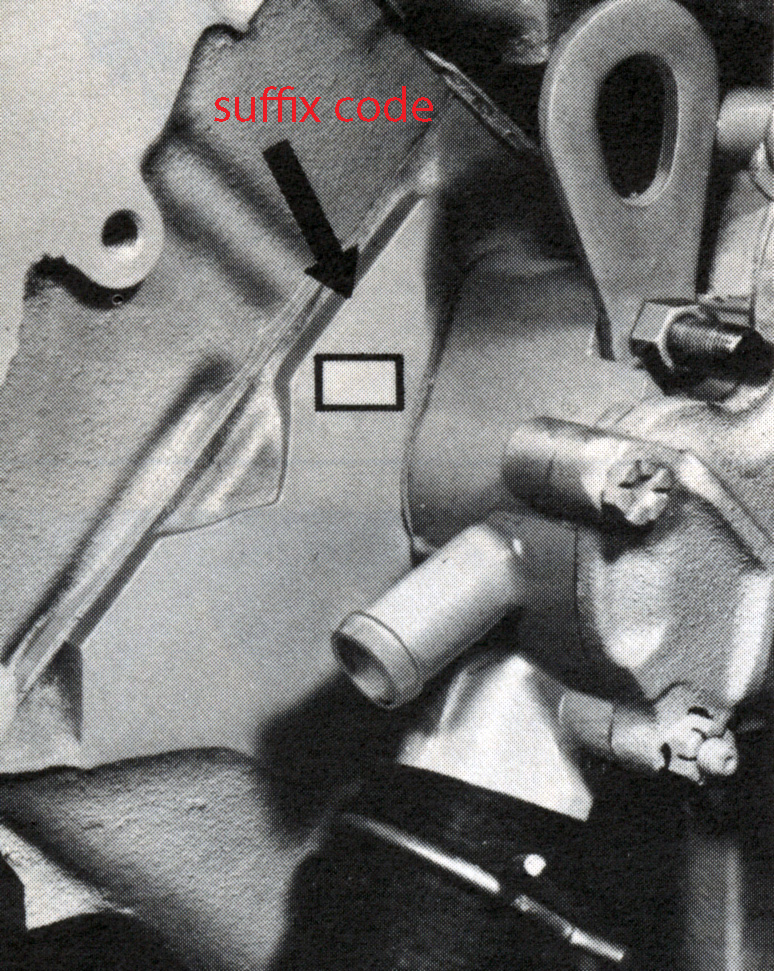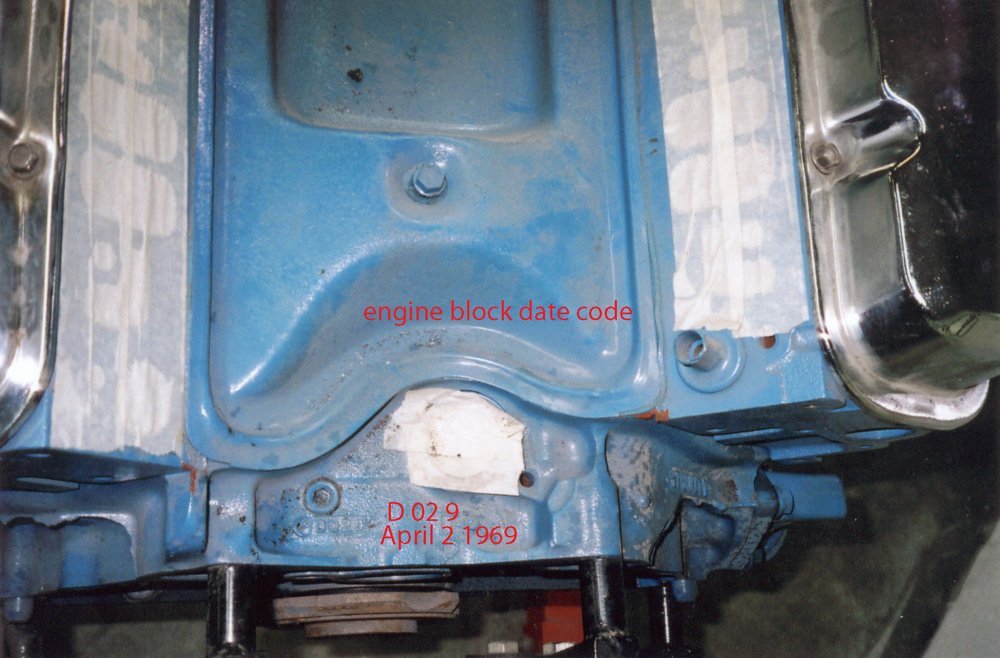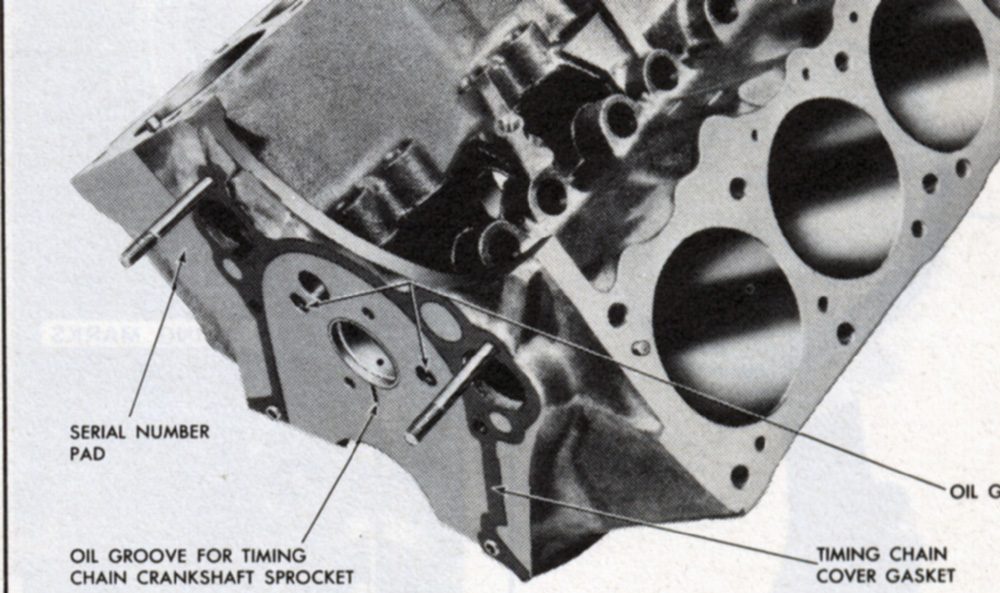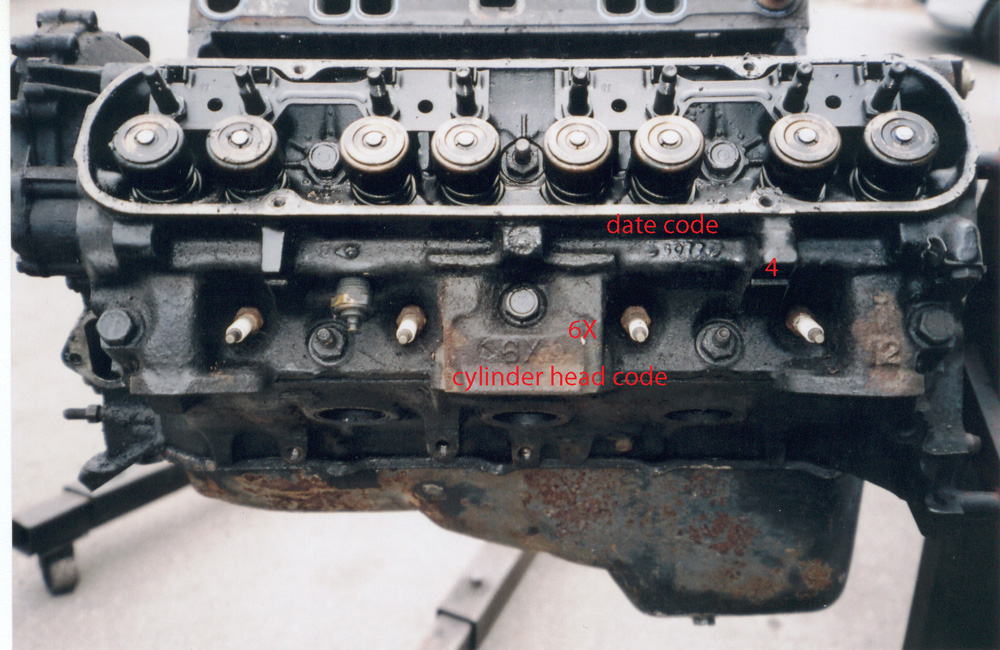
Speed Demon News: PHS Decoding Your Trans Am
By: Patrick Smith
You see it all the time in magazine articles and dealership ads. You even hear
it at cruise nights when someone just picked up a new ride, “yeah she’s got four
on the floor, 455 big block and it’s numbers matching.” I can let the big block
reference slide because that’s a gimme with so many articles making the same
error. I’m less forgiving when the car is advertised as correct and the reality
is something completely different. It’s becoming a concern when you pay money
for parts or buying a Trans Am. Prices have escalated noticeably the past four
years. I’m presenting a guide to checking out your Trans Am.
Which Numbers Match? To start with, what numbers are we matching up when we say
“numbers matching?” We are talking about the vehicle identification number,
known in short hand as VIN. This is the number stamped on the driver’s side of
dashboard and is visible through the windshield. It is riveted in place and this
is the number we look for on certain major components. We are lucky with the
Trans Ams because by 1969, it became law to have several stampings of the VIN
numbers on various components for law enforcement agencies to be able to trace
stolen cars and parts. The flip side of this is the very real dilemma of
discovering your engine isn’t original or worse, your car body was a clip job.
Let’s examine what parts are marked, where they’re marked and how to find them.
The engine block has many different numbers on them. The first one I look for is
the suffix code. Usually, you’ll find the number stamped on the front passenger
side of the block on a clear surface beneath the cylinder head. A group of
numbers will appear at the top, with a large two or three letter code in the
middle. These letter codes tell you the intended application of the engine. An
example would be ‘WX’ which in 1976 was a Pontiac 400 cid with manual
transmission. Some of the suffix codes were carried over in different model
years so it pays to check the casting date of your block to make sure what
you’re getting is what you want. There are plenty of suffix code charts
available online and in books for reference.

Suffix code location is pretty consistent, the partial VIN location varies from plant to assembly plant.
More important for value’s sake is that VIN number. This will appear as a
partial VIN with the last six digits and assembly plant stamping. There are
variations on where VIN numbers will appear. Most Pontiac engines have this
stamped between the lower water pump hose and oil pan lip. Fremont plant engines
have their VINs higher up, in the same areas as the suffix code. Another thing
to look out for is the VIN may appear reversed. They are applied with a gang
stamper, which rolls back and forth, so a reverse stamp can occur.

A letter-number system is used on engine date castings. An example would be A128 which is January 12th 1978.
The set of numbers stamped above your suffix code is an engine unit number and
will have no useful data to the casual hobbyist. Instead, seek your casting
date. This is found at the back next to the distributor shaft hole. Pontiac used
a letter for the month and numbers for the date and year. An example would be
‘D029’ which is April 2nd, 1979. There is one important exception Trans Am
owners must know to this rule. The W72 engine unlike other 400s, were all cast
during the same three quarter year run in Pontiac Michigan, from late 1976 to
November 1977. Only the suffix codes were changed annually along with block
casting part numbers. With W72 Trans Ams, verification of matching engines
relies on partial VIN and correct suffix codes for that year.

Sometimes you'll encounter a suffix code SR and the partial VIN is either absent or obviously hand stamped. This usually is a dealer service replacement block done under warranty.
Transmission: Another major component to check for partial VINs is the
transmission. Both automatics and manual boxes were marked along with an
application code signifying make, model and version of transmission. On the
TH400, you’ll find the VIN stamped above the oil pan rail on the driver’s side.
You might need a mirror or put the car on a hoist to read, they’re stamped
deeply. Use a rag to clean off area of dirt. On Trans Ams with TH350s, the
partial VIN is in the same place. Some however are stamped on the driver’s side
bell housing near the shifter, or on a boss behind the bell housing flange on
passenger side.
For iron case manual boxes, the partial VIN is stamped on the left hand side of
main case on a machined pad below the side cover. Aluminum case Super T10s, have
the VIN stamped sideways on the right side of case in front of extension
housing. Yes, you’ll get greasy, but it’s worth it! A quickie check in the field
for automatics is the source code plate supplied on TurboHydramatics. This metal
plate has a two letter application code found on the passenger side on TH400s
and TH350s. Useful to know if it’s in the right ballpark or completely wrong
unit.
The source codes are available online and in books.

The number one mistake I see at swap meets are guys selling 6X8 heads as 6X4 units. You can determine what head it is by checking the raised square boss above #8 spark plug hole. The last number is stamped underneath, can be seen by mirror.
Other VINS: You should also check the body for matching numbers. Besides the
dashboard tag, the driver side door sticker has your VIN and there are two other
areas. The firewall has a partial VIN stamp right where the heater core is
located. It’ll be hidden by dum dum sealer in most cases. If your car has air
conditioning, this location won’t be accessible. Another spot is the top of the
cowl where the plastic screens go. Peek inside the sheet metal using a light.
Sometimes the gang stamper puts the on backwards so a mirror is useful. Get the
mini ‘dentist’ version sold by Lisle tools. I use it for checking full frame
VINs. Yes, GTOs, Chevelles, 442s and Skylarks were all stamped.
Advanced Number Matching: Assume we’ve checked our engine, tranny and body for
VINs and come away satisfied. This’ll please 80 percent of casual hobbyists. The
concours crowd goes further. How far can you take it? If you have the build
sheet, you can check most of the hardware on it against your car’s equipment for
originality. The carburetor, rear axle, intake manifold, radiator, belts, hoses,
distributor, upholstery and many other parts have short hand codes to identify
them. These codes while not VIN related are known by restorers and expert judges
for documentation. For a driver “hobby” car, the big four are good enough. I
include the rear axle, transmission, engine and body structure as important
items. Water pumps, power steering hoses, ignition wires batteries are wear
items and shouldn’t affect the value of a driver car. If you have the build
sheet on a largely original solid rare optioned car, a case can be made to find
the missing pieces and restore it. Many cars are missing some bits and that only
means you can build it and enjoy it the way you want without guilt. Check out my
blog at
phscollectorcarworld.blogspot.com/
If you have questions, drop me a line.
So what is PHS? Glad you asked! For a small fee, PHS (Pontiac Historic Services) will decode all the options your Pontiac was ordered with, plus some other exciting options. All you need is the VIN to get started.
Speaking of Pontiac history, this is Part 1 of "Pontiac - The Glory Years!"